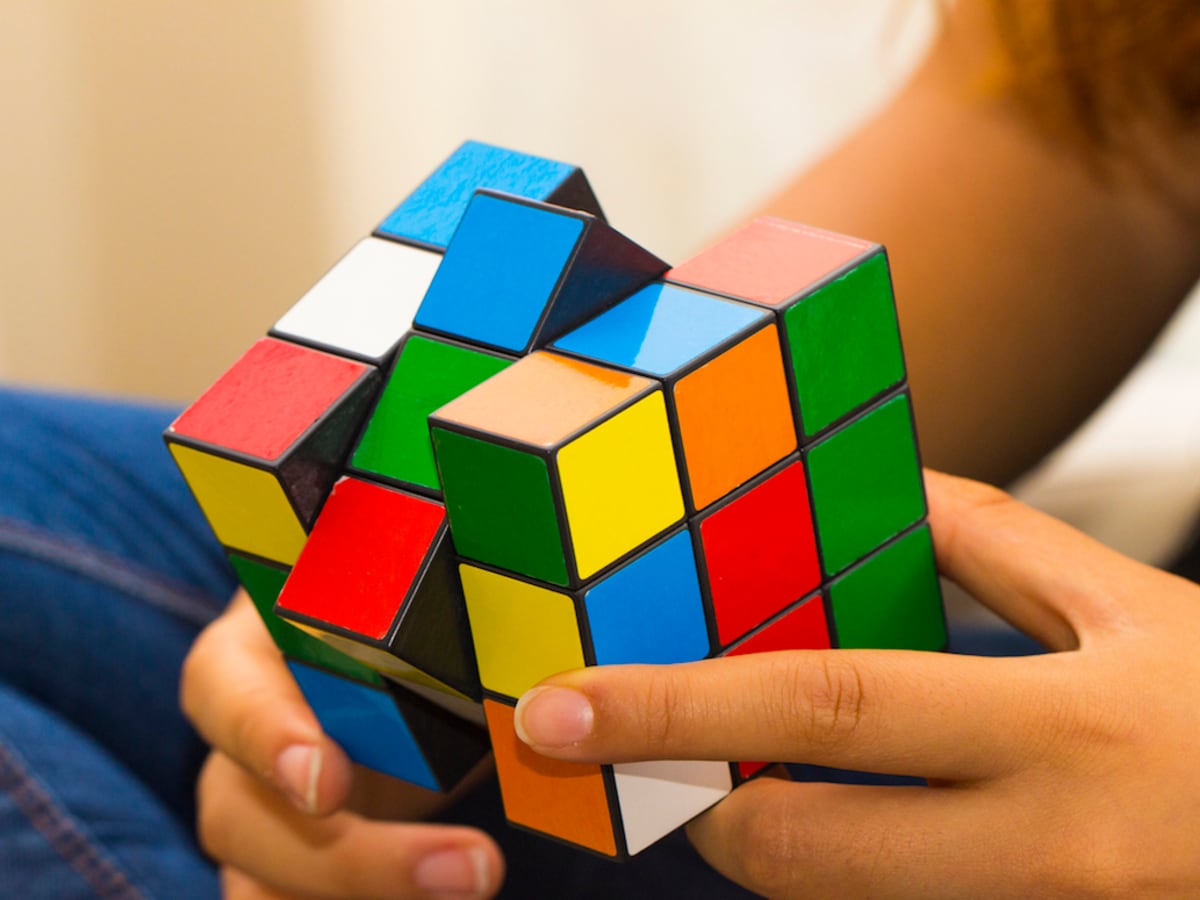The Rubik’s SpeedCube is one of the hardest puzzles to solve. Despite its difficulty, it has gained popularity among puzzle enthusiasts. There are several ways to improve your performance, including using an official timer. You can also try the CFOP method, which is an alternate technique to solving the cube.
Gan 11 M Pro vs QiYi MS
The Gan 11 M Pro is a new speed cube from the manufacturer GAN. It has a number of great features. You can change the magnet strength, adjust the tension, and adjust the core to customize the strength and feel. This is great for beginner and advanced players.
In addition to the standard edge-corner magnet positioning, the GAN 11 M Pro has an industry-first corner/core magnet positioning system. This system is a key component of the Pro’s design, providing stability and perfect corner cutting.
The Gan cube has a dual adjustment system, which allows the user to adjust the magnet strength and compression. Combined with the unique omnidirectional magnetic core, this allows the user to enjoy an unparalleled speedcubing experience.
While the Gan cube is a great speed cube, it has some limitations. Firstly, it doesn’t pop. Additionally, there is some lockup on the higher dimensions.
If you are a budget buyer, then the QiYi MS may be for you. It is a popular cube, which is affordable, easy to control, and has excellent movement.
CFOP method
CFOP is a speed cubing method that is used by top cubers to solve the Rubik’s Cube. It is a layer-by-layer method that uses a sequence of algorithms to solve the cube.
It has been used by all 3×3 world record holders for the last decade. Speedcubers often use it to set new records. There are a number of variants of the CFOP method. Some of the more popular include the Cross, First two Layers, Orientation, Permutation and the Fridrich.
The CFOP speed cubing method is a great choice for beginners. It is relatively easy to transition from other cubing methods. However, CFOP requires a lot of practice to learn.
To get the most out of the CFOP method, it is important to learn how to read the move notation. This can be difficult for fast turners. A good way to practice is to find a speedcuber and watch him or her solve a cube. You will need to read the move notation and watch for cubing errors.
Official timers in competitions
Official timers are used in speedcubing competitions. They are also a handy way to track progress and measure your skills.
The World Cube Association (WCA) is the international governing body for official cube competitions. It has over 140,000 members from 143 countries. They organize hundreds of Rubik’s cube competitions throughout the world each year.
These competitions typically use timers that connect to a large display. This makes it easier for spectators to follow the clock. In addition to the gizmo, the WCA has developed a set of standards and regulations to ensure that the competition is legitimate and fun.
The WCA has created a database to keep track of all the world’s records. You can find out who is the fastest at solving Rubik’s cubes, which continent has the most records, and what are the other most important things to know about the world of speedcubing.
Using a Rubik’s cube timer can help you achieve a faster solve time. If you are in the market for a new timer, there are several options to choose from. Make sure to check the reviews and user recommendations before making a decision.
WCA rules for solving the cube
If you have ever been involved in solving a Rubik’s speed cube, you may have noticed that there are specific rules to follow. These rules are in place to ensure that the competition is fair and that each competitor has an equal opportunity to solve the puzzle. However, this does not mean that you have to follow the rules to the letter.
First, you need to have a valid WCA ID. This is the information that the judge or organizer will use to identify your attempt. In addition, your competition registrant ID is a key piece of information. You should make sure that you have this before entering a competition.
Secondly, you will need to know the state of the cube you are trying to solve. For example, if you are trying to solve a Rubik’s Cube cross, you need to solve four edge pieces around the center piece.
Lastly, you will need to know how to measure the time you have elapsed while solving. The solution is considered to be solved when all eighteen inner clock faces point to 12 o’clock.

